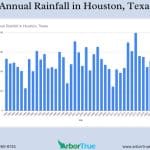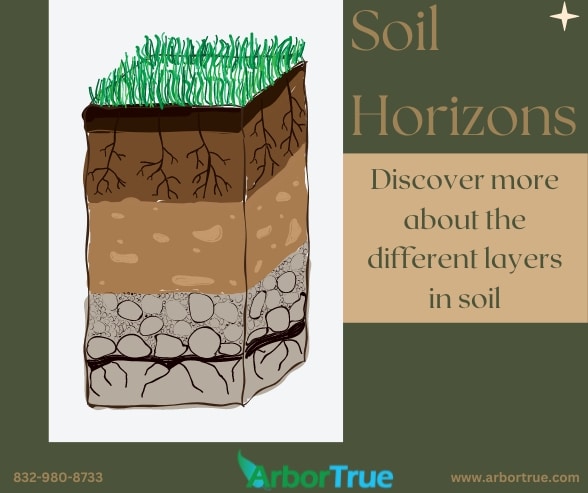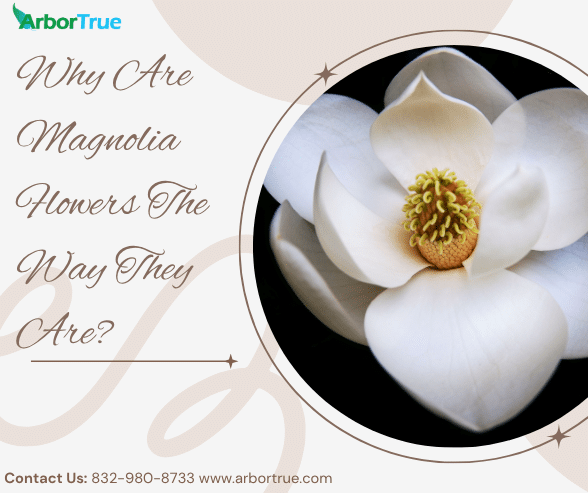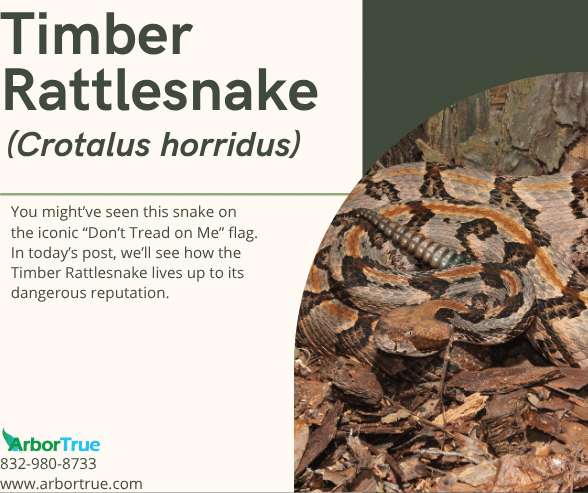
Mushroom Monday: King Trumpet Mushrooms (Pleurotus eryngii)
February 19, 2024
Annual Rainfall in Houston, Texas
February 23, 2024
Soil Horizons: Discover more about the different layers in soil
In the results of our recent survey, one of the things you said you wanted to see more about on our TrueTreeTalk blog was soil. We’ve had posts about loam and humus. Today we have a post about soil horizons.
How do Soils Form?
Soils form from something called parent material. Parent material is generally either rocks (typically granite in much of the U.S.) that have weathered and eventually became components of soil or sediment that was deposited by water. Parent material can also be composed of other things depending on the location and circumstances.
Parent material can have a strong influence on soil characteristics, for example, influencing the minerals that are found in it as well as its texture. When we looked at loam, we noted that it was formed partially from clay, sand, and silt. The clay, sand, and silt come from the parent material.
Soils form from four general processes: when materials are added to them, taken from them, transformed in them, or moved around in them.
When soil develops, it can form layers called horizons. You may have seen these if you’ve ever dug into soil and seen different colored layers on a wall of soil.
Why do Soil Horizons Form?
The horizons in soil are horizontal and they form because of:
rain;
leaching from one layer to another;
changes in temperature;
various reactions between chemicals;
the actions of bacteria, fungi, and other living things in the soil;
and the way things accumulate in the soil.
What’s a Soil Profile?
The horizons in soil can be different depending on the place and conditions and all the horizons together in a place are called the soil profile.
In a soil profile there are typical horizons. In a simple system, these horizons are labeled with the letters O, A, E, B, and C from top to bottom. Generally, you’ll find the A, B, and C horizons in soil, but the O and E horizons aren’t always present.
The horizons present can vary depending on a number of circumstances and they can also repeat in soil profiles (for example, a soil having two B horizons separated by an E horizon).
The horizons are different from each other in terms of what they look like, what they’re composed of, and how things react within them. If you were to look at a soil that had them, the horizons would look distinct from each other.
A Description of the Different Soil Horizons
Although different soils will have different conditions, here’s a basic look at the different horizons:
O – The O horizon is at the top, can vary in thickness depending on circumstance, and consists of a large proportion of organic matter. A place where you might find the O horizon is in a forest, where leaves have fallen, accumulated, and decomposed. This can be the horizon where humus forms. In the O horizon, organic matter can be decomposed to varying degrees, the horizon can be dark in color because of the organic material, and it can be rich in nutrients. This is a horizon that has things added to it and where things transform within it, for example through biological processes.
A – The A horizon is next, and it has fine tree roots, roots of other plants, and lots of biological activity. It has the components of loam (clay, sand, and silt) but also organic material. When you think of topsoil, the A horizon might be what you think of. This horizon can be darker than the horizons below it because of the presence of organic material, and it’s where things are added to the soil (such as organic matter) and leave the soil (such as through leaching).
E – This horizon isn’t always present. It is similar to the A horizon but doesn’t have the organic material that the A horizon does. The letter E comes from the word eluviation. Materials from above leach to this horizon, and some (such as clay and organic materials) leach from it. The things that remain, make up the horizon. This horizon can be found in forested areas with undisturbed soil and in places where the water level underground has risen temporarily. The E horizon can be light in color relative to the other horizons due to leaching.
B – This horizon can be classified as the subsoil horizon. It is the horizon where leached materials from the upper horizons, that don’t remain in the E horizon, accumulate. They are mixed in this horizon with things from the parent material. This horizon can be composed of clay and minerals (such as iron) and can have less organic matter than the A horizon. There can be chemical processes in this horizon that transform things in it. The B horizon can be exposed at the surface due to erosion.
C – This is the lowest horizon. It is made of the parent material that has weathered. Things in this horizon don’t transform as much as in the horizons above. This horizon also doesn’t have as much added to it or lost from it, as the horizons above. The C horizon generally isn’t fertile.
Below the C horizon is the bedrock layer. Bedrock isn’t considered to be part of the soil horizons, but it can be labeled as the R horizon. It can typically be composed of granite, limestone, or sandstone.
Although it can vary, the thickness of the horizons can be such that the O horizon is the thinnest, followed by the A horizon, followed by the C horizon, and with the B horizon being the thickest.
Why do Soil Horizons Matter in Landscapes?
In a recent post, we answered the question, “No one takes care of the trees in the forest, and they seem to grow fine, so why do we have to take care of the trees in our landscapes?” One reason we mentioned was that forest trees can have a different soil than soil in landscapes.
This idea can tie into the idea of soil horizons. In a developed landscape, you might not find the same soil horizons that you could find in a forest. For example, in a developed landscape, the O and A horizons could have been stripped away. In addition, what remains could be disturbed and compacted, and there could be less organic matter.
The soil landscape trees grow in can be less than ideal, and this is one reason why landscape trees can benefit from care. You can have a soil test done to learn more about your soil. A qualified arborist can help you understand the results and they can help you develop a plan for the care for your trees. Depending on circumstances, your trees might benefit from deep root fertilization, canopy spray with RP bacteria, or other services. An arborist can help determine what’s right for your trees.




